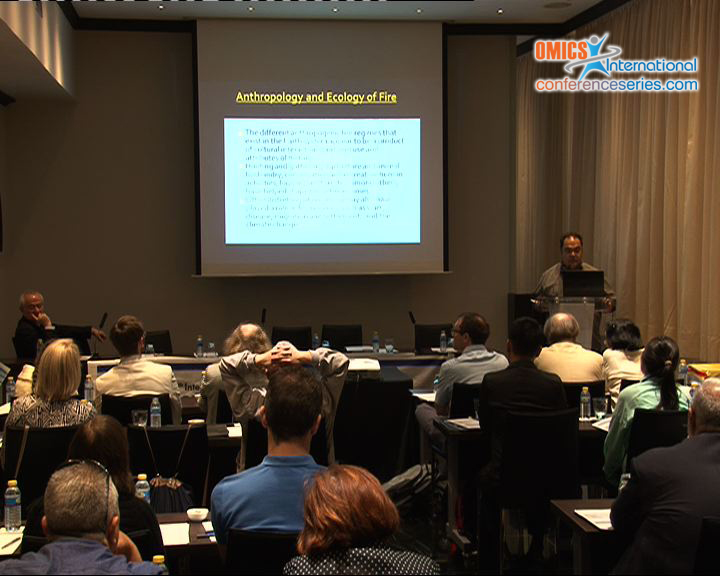
Biography
Biography: Jaime Senabre
Abstract
One of the reasons that an individual, a community and a society doesn´t act preventively against the probability of a risk is due to the perception people have about the likelihood of that risk and the proximity of their consequences. It can also happen that, while having a full awareness and perception of the probability of the risk, both individual and community and society doesn´t have the necessary resources to prevent or minimize it. A perception and resource availability must be added a factor, the will. The same risk can have different interpretations and meanings and affect health, the environment, property, future generations, etc. From this psychosocial approach to risk, when to assess, interpret and judge a risk we have to take into account a number of quantitative (eg. index of probability and amount of losses) and qualitative factors (eg. involuntary nature of exposure, lack of personal control, uncertainty about the likelihood or consequences of exposure, lack of credibility and trust in the institutions that manage). Also, the perception and the meaning that people can be attributed to the risk will be influenced by different types of beliefs, values and social contexts. On many occasions, low priority is given to some of the dangers related to the environment, which leads many companies to live on a stage of life "latent silent emergencies" which sometimes manifest themselves in varying degrees of threat, occurrence and intensity, reaching in some cases, to acquire the status of disaster, catastrophe or calamity. Human behavior in disasters, in diachronic sense of the incident, passes through three stages: before, during and after. Thus, the perception of risk has to be placed in the temporary time "before". We may be at an apparent dissociation between social risk perception and human behavior to the manifestation of disasters.



